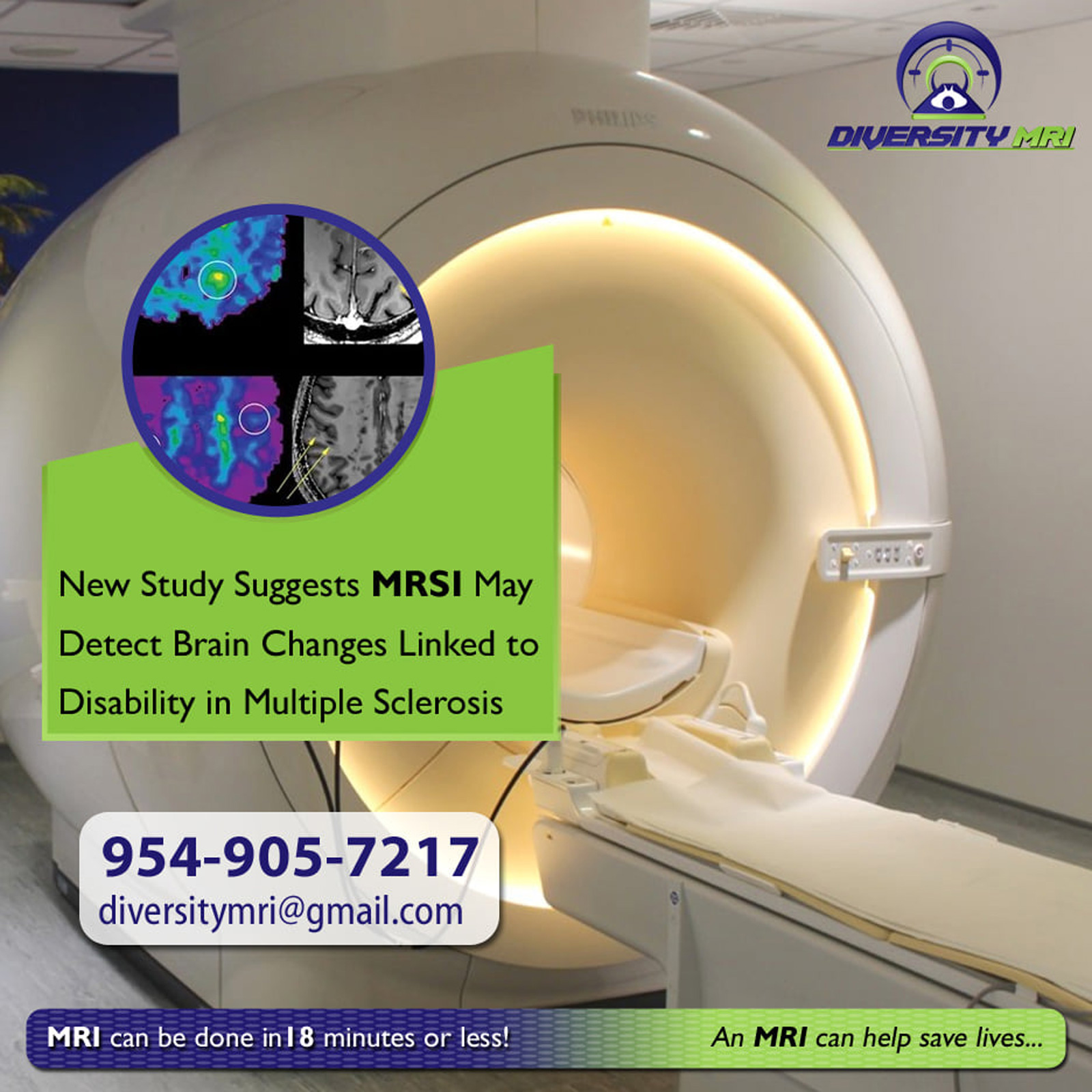
Researchers found the use of magnetic resonance spectroscopic imaging revealed pathologic evidence of multiple sclerosis that is not evident on T1 or T2-weighted MRI.
Emerging research shows that magnetic resonance spectroscopic imaging (MRSI) may have advantages over morphologic magnetic resonance imaging (MRI) in identifying subtle pathology in normal-appearing white matter (NAWM) and cortical gray matter (CGM) associated with multiple sclerosis (MS).
The prospective study, recently published in Radiology, compared 65 patients with multiple sclerosis (MS; mean age, 34 years) to 20 healthy controls (mean age, 32 years). The use of MRSI identified a higher signal intensity of Myo-inositol in normal-appearing white matter (NAWM) as well as a higher ratio of Myo-inositol to total creatine (TCr) in the NAWM of the centrum semiovale in all patients with MS in comparison to healthy controls. Researchers also identified a lower ratio of N-acetylaspartate (NAA) to TCr in the NAWM and CGM of those with MS-related disabilities.
Noting that previous studies have cited elevated Myo-inositol as a consistent finding in people with MS, the study authors said the use of single-voxel MRSI in these studies prevented researchers from determining whether this finding is pervasive in the NAWM. In contrast, the authors explained that the use of 7.0-T free-induction decay MRSI with 2×2 mm in-plane spatial resolution facilitated visualization of “focal and widespread pathologic manifestations” in NAWM, CGM, and white matter lesions (WML).
“It is suggested that 7.0-T (MRSI) measurements may reflect the presence of mild or early cortical atrophy in patients, which is believed to be one of the important factors governing cognitive decline and long-term outcome,” wrote Dr. Barker, who has performed research on the use of MRSI and MRI for more than 30 years. “ … It is also suggested that 7.0-T (MRSI) may have a role in the early diagnosis of MS.”
The study authors conceded limitations to the study, including the lack of assessing whether spinal cord lesions were a contributing factor to neurologic disability as well as a limited MRSI protocol of obtaining one, two-dimensional 8 mm section. They also noted that due to unknown relaxation times and water content in lesions, they did not obtain absolute quantification of metabolite concentrations.
